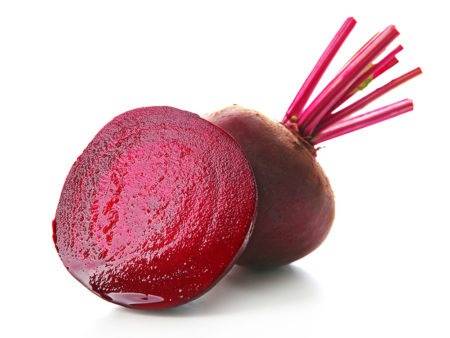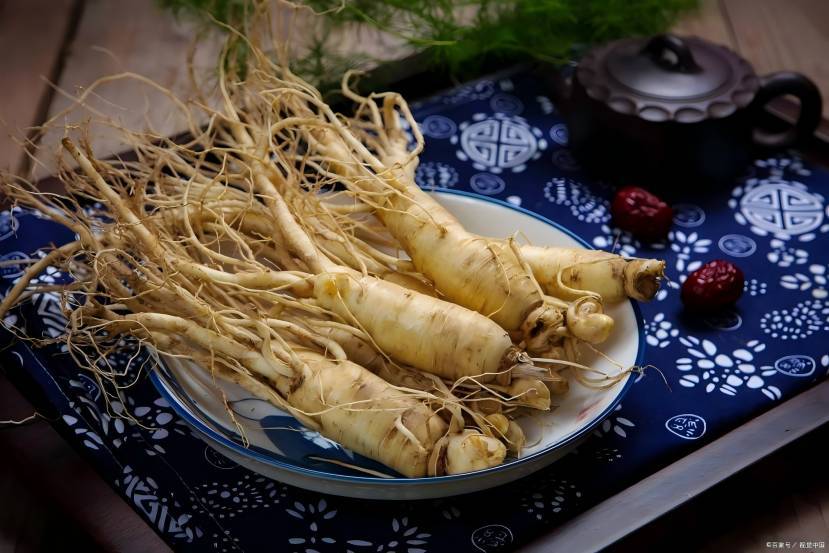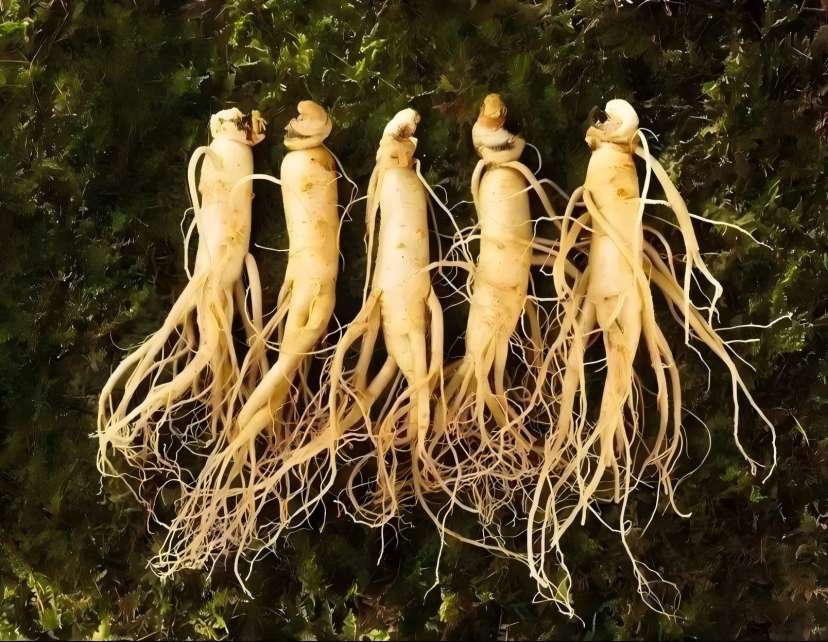What Is Parthenolide?
Parthenolide is a kind of sesquiterpene lactone compound extracted from feverfew, which is derived from the buds of feverfew. In some foreign pharmacopoeias, it is stipulated that the content of parthenolide in feverfew shall not be less than 0.20%, so as to ensure the quality of feverfew medicinal materials. It can be seen that the medicinal value of parthenolide in feverfew is very important. Parthenolide has a certain curative effect in the treatment of skin infections, migraines and rheumatic fever, and these effects have been clinically confirmed.
In particular, in recent years, some literature reports have shown that parthenolide has an inhibitory effect on a variety of tumor strains [1]. In vitro, parthenolide can inhibit the proliferation of lung cancer, intestinal adenocarcinoma and neural tube cell carcinoma at very small doses [2]. In China, the mechanism of the inhibitory effect of parthenolide on tumors is mainly studied by the tetrazolium salt colorimetric method, western blot and electrophoretic mobility, immunohistochemistry, etc. [3]. In addition, it has been found that parthenolide can enhance the sensitivity of tumors to certain antitumor drugs when used in combination with these drugs.

1 The role of parthenolide in tumors
Cancer is now one of the diseases that seriously endangers human life. In China, about 1 million people develop tumors each year, and more than 80% of them die. So far, medicine has not yet found a way to completely cure cancer. And as far as cancer treatment is concerned, the current methods, such as surgery, radiotherapy and chemotherapy, have significant side effects despite their effectiveness.
1.1 Research on the effect of parthenolide on liver cancer cells
The p53 gene is a tumor suppressor gene that has the function of inhibiting cancer. Normally, the amount of its expressed protein is very small. However, when it mutates, it can be detected by immunohistochemistry. This mutated gene not only loses its original tumor suppressor activity, but also has the function of malignant transformation [4]. Zhang Wen [1] found through experiments that that parthenolide can inhibit the proliferation of human liver cancer BEL-7402 cells and induce apoptosis. One of the mechanisms may be related to the fact that parthenolide enhances the expression of p53 protein and inhibits the expression of proliferating cell nuclear antigen protein. Among these, proliferating cell nuclear antigen is involved in DNA synthesis [4].
Recent studies have shown that parthenolide belongs to the nuclear factor κB inhibitor [5] and can induce apoptosis in a variety of tumor cells [6]. Liu Lan et al. [7] found that parthenolide significantly enhanced the apoptosis of 4-HPR-induced liver cancer cells Hep-3B and sK-Hep-1 through TUNEL staining and other techniques. The mechanism of the enhanced effect is related to the fact that parthenolide can inhibit the activity of nuclear factor κB and enhance 4-HPR-induced apoptosis of tumor cells [8]; Wang Xiuyin et al. [9] also confirmed that although the inhibitory effect of parthenolide on the proliferation of hepatocellular carcinoma HepG-2 cells was not obvious at 5 μmol/L and 10 μmol/L, but when the concentration is 20 μmol/L, parthenolide has a significant inhibitory effect on the proliferation of HepG2 cells.
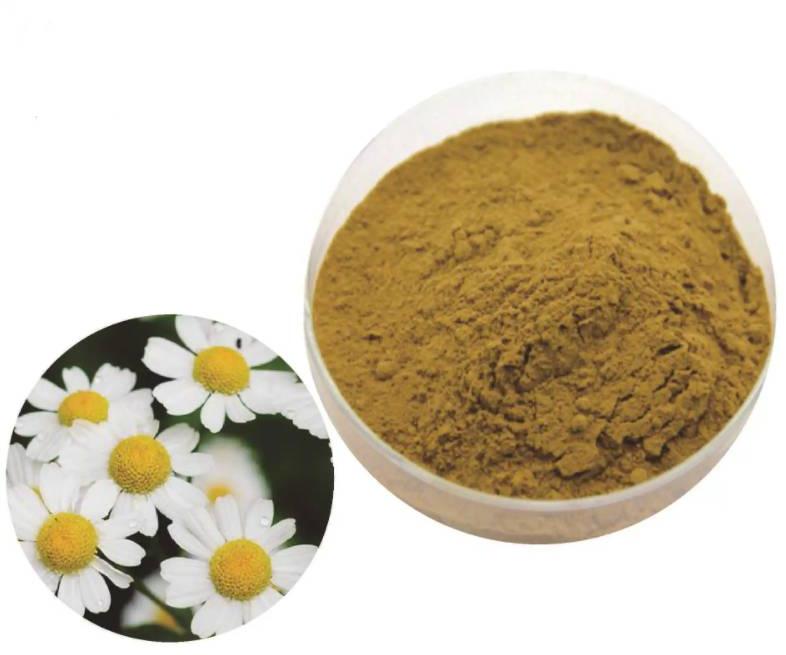
1.2 Research on parthenolide in Stomach Cancer Cells
Zhao Lijie [10] found that the mechanism of inhibition of proliferation and induction of apoptosis of the gastric cancer cell lines SGC7901 and BGC823 by parthenolide is that as the dose of parthenolide increases, the cell cycle of SGC7901 and BGC823 is blocked at the G0/G1 to S phase and the S to G2/M phase, respectively. and with the increase of the dose of parthenolide, the mitochondrial membrane potential of SGC7901 and BGC823 cells decreases, that is, the cells enter an irreversible apoptosis process. During this process, the expression level of Bcl-2 protein decreases, the expression level of caspase-8 mRNA increases, and the migration and invasion activities also decrease.
1.3 Research on colonic cancer cells and pancreatic cancer with parthenolide
The Bcl-2 family can be divided into two categories: one is anti-apoptotic, mainly including Bcl-2, Bcl-xL, Bcl-w, Mcl-1, Ced-9, etc.; the other is pro-apoptotic, mainly including Bax, Bak, Bcl-xs, Bad, Bik, Bid, etc. [11]. Ma Qian Zhang [12] found in his research that parthenolide has a certain effect on the expression of Bax and Bcl-2 proteins in HCT-8 and HCT-8/VCR cells. Parthenolide can enhance the expression of Bax and reduce the expression of Bcl-2, which in turn induces apoptosis; during the execution phase of apoptosis, activated caspase-3 acts on the substrate DNA repair enzyme (pARp) to cause it to be hydrolyzed, and the hydrolyzed product promotes the degradation of nuclear DNA by the cell skeleton, fragmenting it [13].
Liu Junwei [14] found in a study on the effect of parthenolide on the proliferation and apoptosis of pancreatic cancer cells that pancreatic cancer cells treated with a certain concentration of Tanacetum parthenium lactone showed specific ladder-like bands in DNA fragment gel electrophoresis, suggesting that the cells had undergone apoptosis. Western Blotting results showed that the expression of Bcl-2 was significantly down-regulated, the expression level of Bax was reduced, caspase-9 was activated, down-regulation of pro-caspase-3 expression, and especially the imbalance in Bcl-2/Bax expression, which disrupts mitochondrial function, thereby triggering a series of caspase cascades and ultimately promoting apoptosis of pancreatic cancer cells.
Of course, there are also other cancer-related effects of feverfew, such as those of zunino [15]. After evaluating the cell cycle status and the activation of phosphorylation/signaling proteins involved in T (4;11) and non-T (4;11), a study of the effect of parthenolide on the proliferation of an acute lymphoblastic leukemia cell line found that parthenolide caused the leukemia cells to arrest at the S to G2/M phase transition, thus hindering the proliferation of leukemia cells.
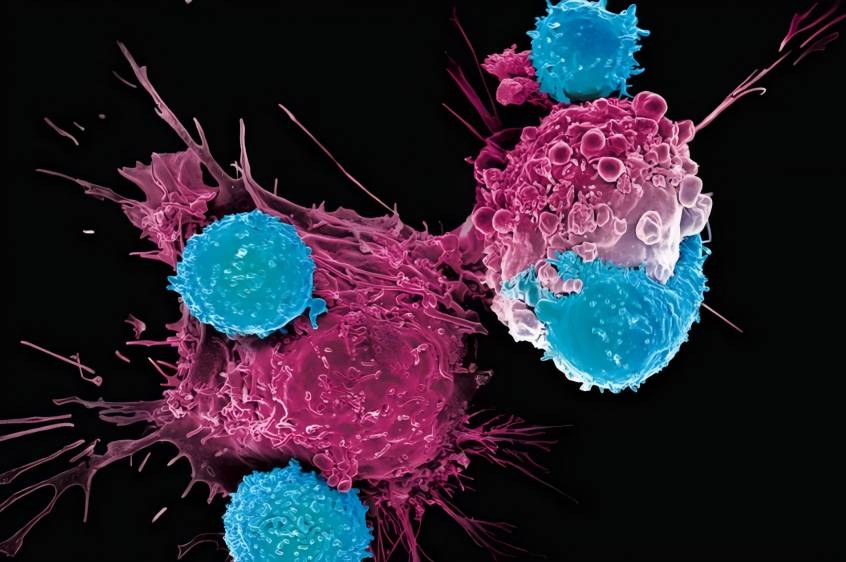
2. Pharmacological effects of flavonoids
The leaves, flowers and seeds of feverfew all contain flavonoids. Flavonoids can be divided into flavones and flavonols, chalcones, etc. according to their structure. Their basic structure is composed of two benzene rings A and B connected by an intermediate heterocyclic ring C [16]. A large number of studies have shown that flavonoids have biological activities such as anti-inflammatory, immune regulation, anti-aging, and anti-tumor.
2.1 Anti-inflammatory effect of flavonoids
Early studies found that the total flavonoid of mink camphor can inhibit inflammatory reactions, and its mechanism is to inhibit the expression of matrix metalloproteinase 9 [16]. Zhao Lili [17] found that the positive expression rate of matrix metalloproteinase 9 in patients with rheumatoid arthritis was significantly higher than that in the osteoarthritis group and the roughly normal synovial group. Therefore, it can be inferred that matrix metalloproteinase 9 plays a role in the pathogenesis of RA. In addition, it was found that the total flavonoids of chamomile can reduce the swelling of the ears and paws of mice. Its mechanism of action is that flavonoids can inhibit the production of prostaglandin and leukotriene B4 by mouse macrophages, thereby exerting an anti-inflammatory effect [18].
2.2 Antioxidant effect of flavonoids
Free radicals are harmful compounds produced during oxidation reactions in the body. They are highly oxidizing and can damage the body's tissues and cells, ultimately causing various diseases. The main type of free radical encountered by living systems is the oxygen radical, such as the superoxide anion radical and hydroxyl radical. In addition, with the development of modern society, air pollution, smoking, etc., can cause the human body to produce more oxygen free radicals, which are very harmful to human health. Flavonoids, on the other hand, have a strong reducing effect, as most flavonoids have the ability to scavenge free radicals and act as antioxidants due to the 2,3 double bond, 4 carbon base and 3 or 5 hydroxyl groups in their structure [16]. Current research has found that although there are many antioxidant substances, they can only scavenge superoxide anions and cannot scavenge hydroxyl radicals, while flavonoids can do this perfectly.
2.3 Antitumor effect of flavonoids
The antitumor mechanism of flavonoids mainly exerts its effect through mechanisms such as inducing apoptosis in tumor cells, blocking signal transduction in tumor cells, and promoting the expression of tumor suppressor genes. For example, puerarin can inhibit the proliferation of HL-60 cell lines by increasing the expression of Fax, Bax, and mRNA and decreasing the protein expression of Bcl-2 [17].
It can be seen that the medicinal value of flavonoids is also very extensive, and some of them have already been applied in clinical practice.
3 Summary
At present, researchers have achieved great results in their studies of the medicinal value of feverfew extract. There is reason to believe that with systematic scientific research on feverfew, knowledge of it will continue to deepen. In the near future, feverfew extract will have even more extensive clinical applications, which will make an even greater contribution to human health.
References
[1] Zhang T. Experimental study on the antitumor effect of parthenolide[D]. Tianjin: Tianjin Polytechnic University, 2005.
[2] Zhou H Q. Research progress on the biological properties and pharmacological effects ofparthenolide [J]. Chinese Journal of New Drugs, 2009, 18(20): 1954-1957.
[3] Huang Chuyang, Yang Chao. Experimental study on the anti-tumor mechanism of parthenolide[D]. Shenyang: China Medical University, 2010.
[4] Zhang Tu, Song Xiaokai. Effects of small parthenolide on the expression of p53 protein and proliferating cell nuclear antigen in human liver cancer BEL-7402 cells [J]. Chinese Herbal Medicine, 2005, 36 (12): 1850-1852.
[ 5 ] witek-zawada B,koj A. Regulation of expression of stromyelysin-1 by proinflammatory cytokines in mouse brain astrocytes[ J ]. J physiol pharmacol,2003,54( 4 ):489-496 .
[ 6 ] parada-Turska J,paduch R,Majdan M,et al. Antiproliferative activity of parthenolide against three human Cancer cell lines and hu- man umbilical vein endothelial cells[ J ]. pharmacol Rep,2007,59 ( 2 ):233-237 .
[7] Liu Lan, Xu Dongyuan, Yang Wanshan, et al. parthenolide enhances 4-HpR-induced apoptosis in tumor cells [J]. Chinese Journal of Pathological Physiology, 2008, 24(9): 1738-1740.
[8] Ren Ying, Qian Zhiyu. Mechanism of N-(4-hydroxyphenyl)vitaminic methylamine in inducing apoptosis of tumor cells [J]. Chinese Journal of New Drugs, 2003, 12(8): 603-607.
[9] Wang Xiuying, Leng Shuilong. Experimental study on the enhancement of sensitivity of HepG2 cells to cisplatin by chrysanthemum lactone [J]. Journal of Practical Medicine, 2011, 27(2): 177-180.
[10] Zhao LJ. Study on the inhibition of gastric cancer cell proliferation and induction of apoptosis by chrysanthemum lactone [D]. Shenyang: China Medical University, 2008.
[ 11 ] Adams JM,Cory S. The Bcl-2 protein famdy Abiters of cell survival [ J ]. Science,1998,2111( 5381 ):1322-1326 .
[12] Ma Qian Zhang. Apigenin inhibits the proliferation of HCT-8 and HCT-8/VCR cells and induces apoptosis [C] // Proceedings of the First International Academic Conference on Digestive Diseases of the World Federation of Chinese Medicine Societies. Beijing: World Federation of Chinese Medicine Societies, 2010: 390-401.
[13] Liu Jihong, Pan Yuelong, Yao Hangping. Apoptosis induction of colonic cancer cells by chamazulene and its effects on the expression of Caspase-3 and Caspase-9 [J]. Chinese Medicine and Clinical, 2009, 9(8): 701-703.
[14] Liu Junwei. Study on the effect of small white chrysanthemum lactone on the proliferation and apoptosis of pancreatic cancer cells [D]. Hangzhou: Zhejiang University, 2007.
[ 15 ] Zunino SJ,Storms DH,Ducore JM. Parthenolide treatment activates stress signaling proteins in high-risk acute lymphoblastic leukemia cells with chromosomal translocation t( 4;11 )[ J ]. Int J Oncol, 2010,37:1307-1313 .
[16] Wang Xiaomei, Cao Wengen. Research progress on the pharmacological effects of flavonoids [J]. Journal of Suzhou University, 2007, 22(1): 105-107.
[17] Zhao Lili. Research on the expression of MMP-2, MMP-9 and TIMP-1 in rheumatoid arthritis [D]. Tianjin: Tianjin Medical University, 2007 .
[18] Zhu Haiyang, Zeng Huilan. Research progress on the pharmacological effects of flavonoids [J]. Shandong Medicine, 2009, 49(17): 114-115.


 English
English French
French Spanish
Spanish Russian
Russian Korean
Korean Japanese
Japanese